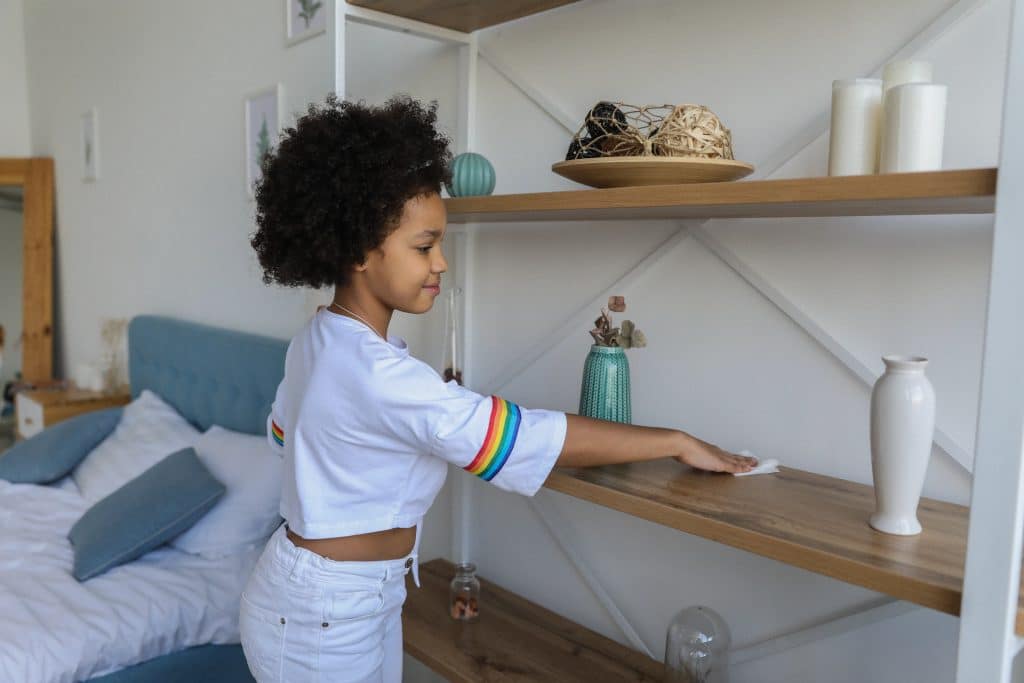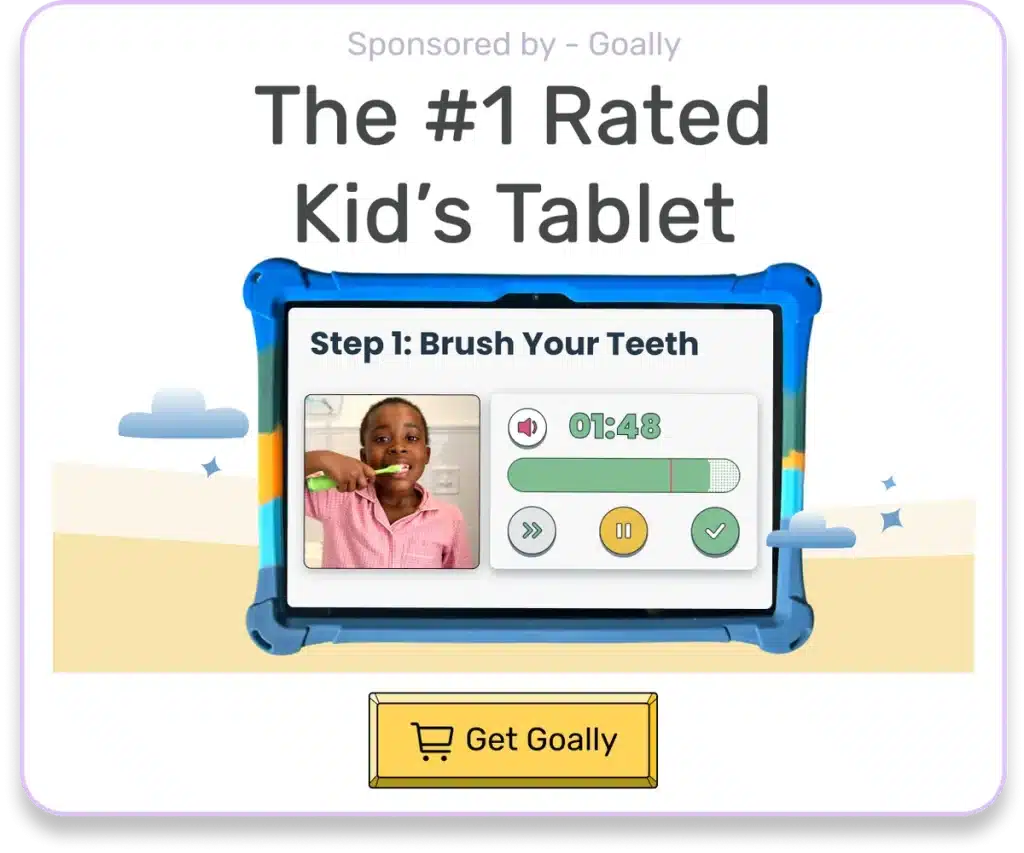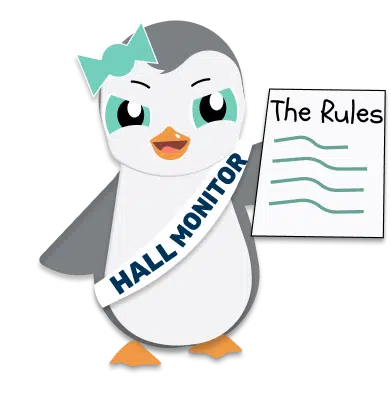As parents, we all want our kids to learn to behave well and develop good habits. However, getting them to consistently show good behavior can be challenging. That’s where behavior modification tools like reward charts come in. These visual aids motivate children to behave well and reinforce positive habits. We’ll discuss the benefits of using reward charts for behavior modification in kids. Download your free printable reward charts below!
Table of Contents
Why Do Reward Charts Work?
Got kids and you’re exploring ways to guide them toward better behavior? Meet the reward chart. A vibrant, fun-filled grid or table, jam-packed with your child’s goals and tasks. Now, imagine their beaming faces each time they earn a sticker or checkmark for exhibiting good behavior – that’s the magic of a reward chart. It’s more than just a colorful table; it’s a visual reflection of your child’s progress, marking their journey towards those big goals.
Read More: Setting Up a Reward System

But why does a simple reward chart work wonders in encouraging better behavior? The secret sauce lies in the age-old psychology of reinforcement. Think of it as a parenting hack, where you’re subtly tweaking your child’s actions based on the consequences that follow. Here’s the scoop: a child basks in the glow of a positive consequence – like a reward – after good behavior, which nudges them to repeat it. On the other hand, a negative outcome following undesirable behavior could put a damper on it, making it less likely to resurface. So, with a reward chart at your disposal, you’re giving your child the reins to steer their actions in a positive direction!
| Keyword | Explanation |
|---|---|
| Reward Chart | A tool used by parents to encourage better behavior in children by applying the psychology of reinforcement. |
| Positive Reinforcement | When a child performs a good behavior, they receive a reward. This positive consequence encourages them to repeat the behavior. |
| Negative Reinforcement | When a child performs an undesirable behavior, they face a negative outcome. This discourages them from repeating the behavior. |
| Effect of Reward Chart | A reward chart gives a child the opportunity to steer their actions in a positive direction by making them aware of the consequences of their behavior. |

Benefits of Using Behavior Modification Tools
Consider a reward chart as a sort of visual map for your child’s behavior. When they earn a sticker or checkmark, it’s more than a mere decoration, it’s a sign of victory, a reinforcement of their good behavior that encourages them to keep it up. And when you as their guide and cheerleader acknowledge these efforts, it gives them an extra nudge to continue the trend.
With a reward chart, you’re not just setting up a list of dos and don’ts. You’re outlining clear expectations and goals. You’re creating a guide that communicates what you want to see from them, making their path to these goals tangible and measurable. Remember, when your kids see the tasks or behaviors listed on the “free printable reward charts”, they don’t just see tasks – they see a roadmap to rewards. This clarity simplifies things for everyone and fuels their motivation to put in their best effort.
SPONSORED BY: Goally
Goally’s Kid’s Tablet has one of the largest libraries of skill-building videos (like “How to Share” and “What To Do When You’re Lost”) in the Goal Mine app.👇
| Reward Chart Benefits | Description |
|---|---|
| Visible Progress | A reward chart provides a visual method for kids to track their progress. Earning a sticker or checkmark becomes rewarding in itself, reinforcing and encouraging repetition of good behavior. |
| Clear Expectations | Parents can use reward charts to set clear expectations and goals. By featuring specific behaviors and tasks, the chart conveys what parents expect, aiding children in working towards these goals in a measurable way. |
| Simplified Communication | One of the best things about a reward chart is that it simplifies expectations. When kids see the outlined tasks or behaviors, they know exactly what is required to earn a reward, motivating them to do their best. |
Target Specific Behaviors
Your little one is dragging their feet on homework, sound familiar? A reward chart can make all the difference! Keep tabs on their progress, dish out rewards when tasks are timely finished, and voila – you’ve got yourself a routine that instills a sense of responsibility for their school work. Who knew it could be this simple, right?
A reward chart not only boosts their behavior but also tightens the bond between you two. As your kiddo’s progress goes up, you can spark off some really positive conversations about their goals and behavior. It’s like a team effort, you and your child, working towards better behavior. This is what transforms the dynamic and strengthens the parent-child relationship. So next time, instead of grappling with your child’s behavior, think “free printable reward charts”. Watch as the power of positive reinforcement unfolds right before your eyes!

Goally | Apps That Build Behavior & Life Skills for Kids
Want to keep your child motivated while building essential behavior and life skills? Goally’s skill-building tablet is designed to celebrate small wins and help your child grow.
Our Behavior Tracker helps you reward your kiddo for specific skills, like “being kind” or “flushing the toilet.”
By setting clear expectations and rewarding their efforts, you foster a positive environment for your child to flourish in their behavioral skills journey.

Final Thoughts on Reward Charts
And there you have it, folks. This little tool, the reward chart, proves it’s often the simplest ideas that work the best. It’s a visual, tangible method of guiding behavior and developing responsibility. Whether it’s tackling that pesky homework or fostering better communication, the power of a reward chart shouldn’t be underestimated. But, let’s remember, the real value isn’t just in the vibrant stickers or neatly outlined tasks. It’s in those moments of triumph when your kiddo earns that checkmark, and the smile of accomplishment you share. From setting clear expectations to creating a bond of teamwork, the reward chart is your companion in this parenting journey. So, why not give those free printable reward charts a shot? You might find it’s the game-changer you’ve been looking for.
FAQs About Reward Charts
How does a reward chart help with children's behavior? A reward chart helps children understand the consequences of their actions. When they act positively, they earn rewards, which encourages them to repeat that behavior.
Can a reward chart assist in managing ADHD symptoms? Yes, a reward chart can be an effective tool for children with ADHD, as it provides clear and visual reminders of expectations and rewards for positive behaviors.
How to effectively use a reward chart? To effectively use a reward chart, set clear, achievable goals, provide consistent feedback, and ensure the rewards are immediate and meaningful to the child.
Are reward charts useful for emotional regulation? Yes, reward charts can help children learn emotional regulation by providing positive reinforcement for demonstrating appropriate emotional responses.
What age is suitable for using a reward chart? Reward charts can be effective for children aged 3 and above, as this is typically when they begin to understand the concept of cause and effect.
This post was originally published on February 21, 2023. It was updated on June 19, 2023.

Goally
We help parents teach their kids life skills, like doing bedtime and morning independently. Backed by science, we incorporate evidence-based practices and expert-informed designs in all of our apps and content.






